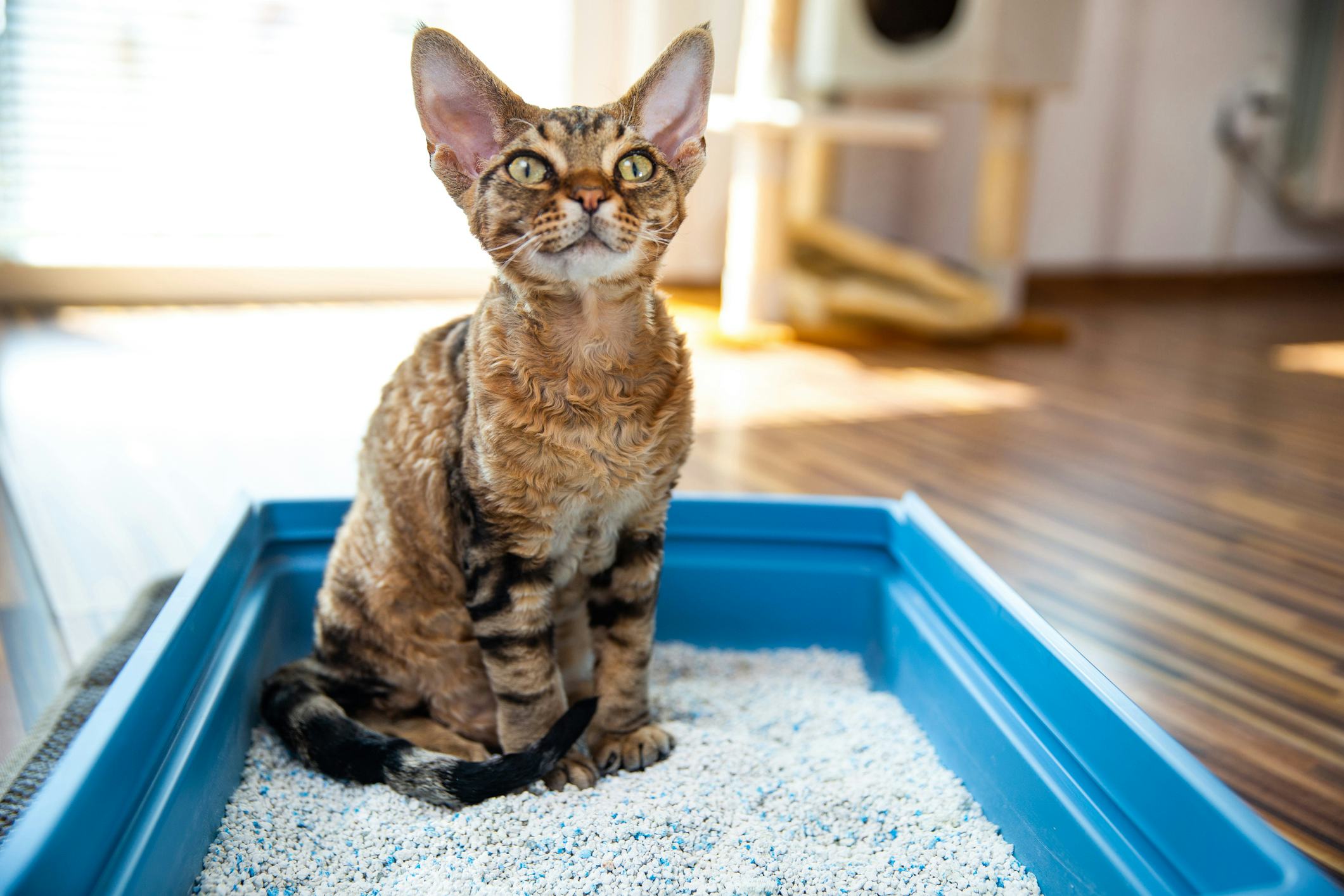Reasons You Should Never Flush Cat Poop Down Your Toilet - Important Facts
Reasons You Should Never Flush Cat Poop Down Your Toilet - Important Facts
Blog Article
We have come across this post relating to Can You Flush Cat Poop Down The Toilet? below on the net and believe it made perfect sense to share it with you in this article.

Intro
As cat proprietors, it's important to bear in mind how we get rid of our feline pals' waste. While it might appear hassle-free to purge pet cat poop down the bathroom, this technique can have detrimental effects for both the setting and human wellness.
Ecological Impact
Flushing pet cat poop presents hazardous pathogens and bloodsuckers into the water, positioning a substantial risk to aquatic ecosystems. These contaminants can adversely affect aquatic life and compromise water top quality.
Wellness Risks
In addition to ecological concerns, flushing feline waste can also pose health and wellness risks to human beings. Pet cat feces might include Toxoplasma gondii, a parasite that can create toxoplasmosis-- a possibly extreme disease, specifically for expecting females and people with weakened immune systems.
Alternatives to Flushing
The good news is, there are more secure and much more liable means to take care of pet cat poop. Think about the adhering to choices:
1. Scoop and Dispose in Trash
One of the most usual technique of taking care of cat poop is to scoop it right into a biodegradable bag and throw it in the garbage. Be sure to use a committed litter scoop and throw away the waste promptly.
2. Use Biodegradable Litter
Choose naturally degradable feline clutter made from products such as corn or wheat. These clutters are eco-friendly and can be securely disposed of in the trash.
3. Hide in the Yard
If you have a backyard, take into consideration hiding feline waste in an assigned area away from veggie yards and water sources. Be sure to dig deep adequate to stop contamination of groundwater.
4. Set Up a Pet Waste Disposal System
Invest in a pet dog garbage disposal system particularly designed for pet cat waste. These systems utilize enzymes to break down the waste, reducing smell and environmental influence.
Conclusion
Liable animal possession extends past providing food and sanctuary-- it also involves proper waste monitoring. By avoiding flushing feline poop down the bathroom and going with alternative disposal methods, we can decrease our environmental impact and shield human health and wellness.
Why Can’t I Flush Cat Poop?
It Spreads a Parasite
Cats are frequently infected with a parasite called toxoplasma gondii. The parasite causes an infection called toxoplasmosis. It is usually harmless to cats. The parasite only uses cat poop as a host for its eggs. Otherwise, the cat’s immune system usually keeps the infection at low enough levels to maintain its own health. But it does not stop the develop of eggs. These eggs are tiny and surprisingly tough. They may survive for a year before they begin to grow. But that’s the problem.
Our wastewater system is not designed to deal with toxoplasmosis eggs. Instead, most eggs will flush from your toilet into sewers and wastewater management plants. After the sewage is treated for many other harmful things in it, it is typically released into local rivers, lakes, or oceans. Here, the toxoplasmosis eggs can find new hosts, including starfish, crabs, otters, and many other wildlife. For many, this is a significant risk to their health. Toxoplasmosis can also end up infecting water sources that are important for agriculture, which means our deer, pigs, and sheep can get infected too.
Is There Risk to Humans?
There can be a risk to human life from flushing cat poop down the toilet. If you do so, the parasites from your cat’s poop can end up in shellfish, game animals, or livestock. If this meat is then served raw or undercooked, the people who eat it can get sick.
In fact, according to the CDC, 40 million people in the United States are infected with toxoplasma gondii. They get it from exposure to infected seafood, or from some kind of cat poop contamination, like drinking from a stream that is contaminated or touching anything that has come into contact with cat poop. That includes just cleaning a cat litter box.
Most people who get infected with these parasites will not develop any symptoms. However, for pregnant women or for those with compromised immune systems, the parasite can cause severe health problems.
How to Handle Cat Poop
The best way to handle cat poop is actually to clean the box more often. The eggs that the parasite sheds will not become active until one to five days after the cat poops. That means that if you clean daily, you’re much less likely to come into direct contact with infectious eggs.
That said, always dispose of cat poop in the garbage and not down the toilet. Wash your hands before and after you clean the litter box, and bring the bag of poop right outside to your garbage bins.
https://trenchlesssolutionsusa.com/why-cant-i-flush-cat-poop/

We were made aware of that editorial on How to Dispose of Cat Poop and Litter Without Plastic Bags through a good friend on a different domain. If you liked our post kindly remember to pass it around. Thank you for your time invested reading it.
Schedule Today! Report this page